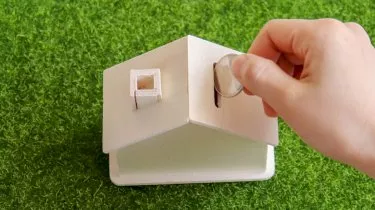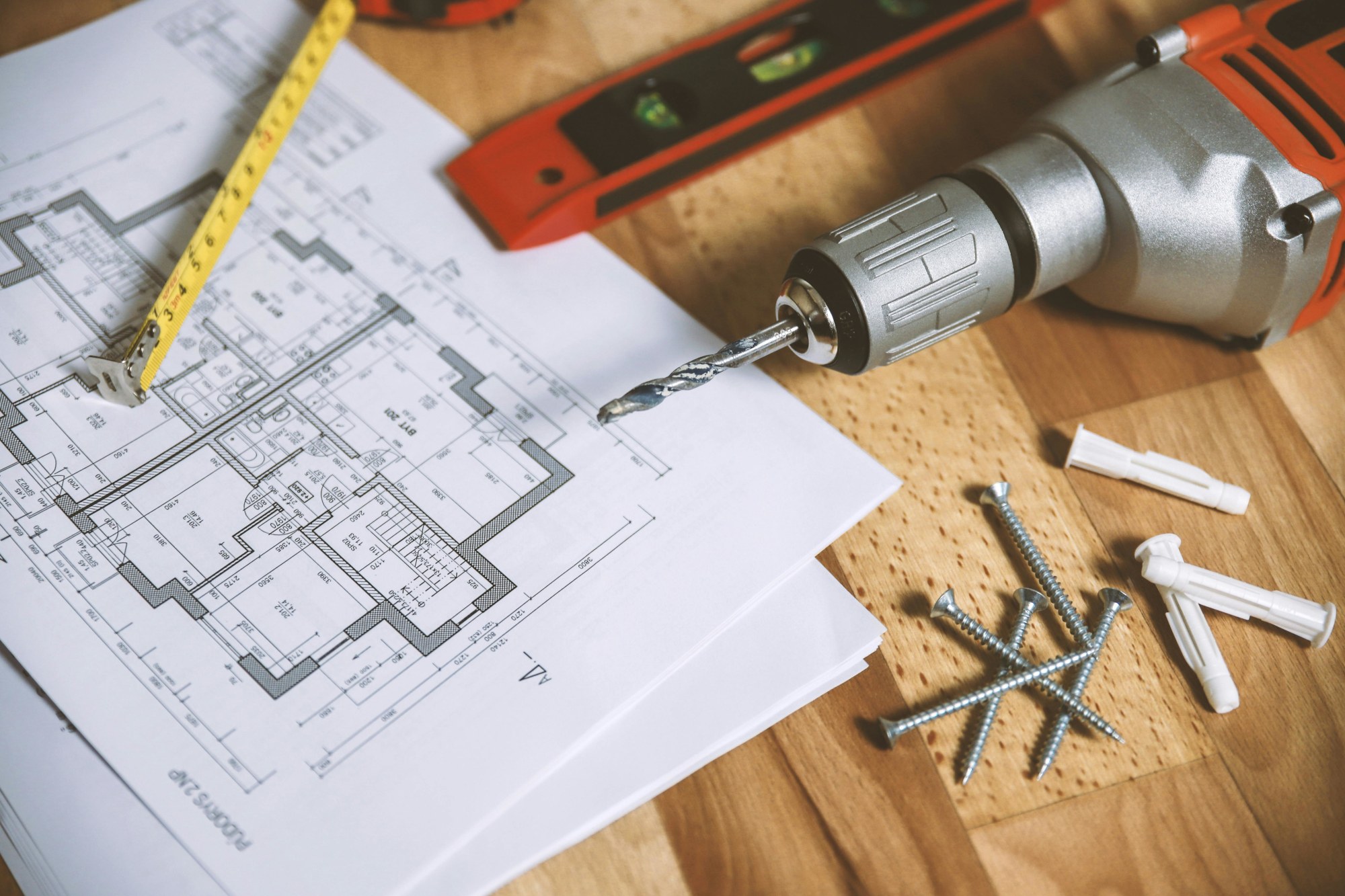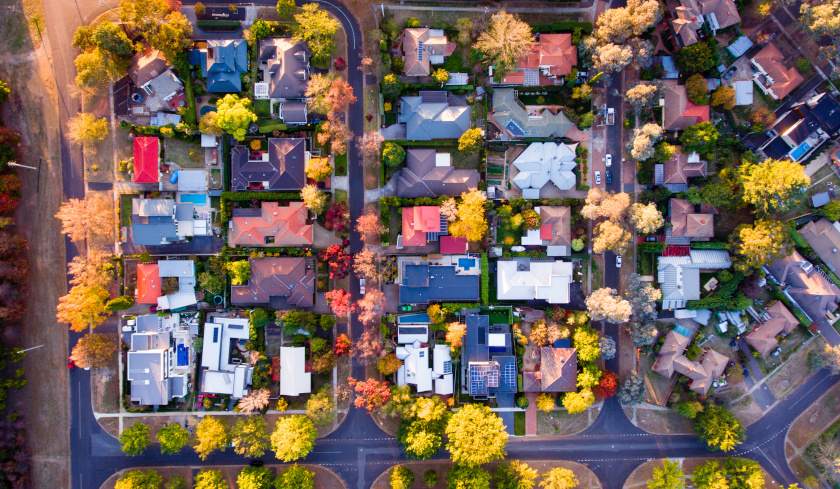Invest
Aussie home buyers now need to save for over 11 years for a deposit
Since early 2020, the time needed to save for a deposit has increased by more than two years.
Aussie home buyers now need to save for over 11 years for a deposit
Since early 2020, the time needed to save for a deposit has increased by more than two years.

Prospective homeowners need to save for a record 11.4 years in order to be able to afford a 20 per cent deposit on a home, a new report from ANZ and CoreLogic has revealed.
The two firms found that the time needed to save for a deposit had surged by 2.2 years since March 2020 based on the national median dwelling value and assuming a household income savings rate of 15 per cent per annum.
“Looking at the back series of this metric, which extends to 2001, this is the fastest uplift in the metric over a two-year period on record,” said ANZ.
“It highlights the speed at which home values have risen through the current upswing, in which annual growth rates have been at their highest since the 1980s.”

In the combined capitals, the time to save for a deposit reached 11.2 years as of March this year, up from 9.6 years in March 2020, while the increase was even more substantial for the combined regional areas which recorded a rise from 7.8 years to 10.5 years.
Greater Sydney had the longest time required to save for a deposit out of all regions at 14.1 years, an increase of 2.1 years in comparison to March 2020.
“Rapid increases in housing values are a particular barrier for first home buyers compared with other home buyers. This is because those who already own property benefit from gains in home equity as dwelling values rise, while aspirational first home buyers do not,” ANZ said.
“Moreover, rising house prices lift the deposit hurdle for first home buyers, especially as housing price increases have outpaced growth in incomes by a substantial margin over time.”
The report indicated that home buyers needed to save for more than a decade for a deposit in the greater regions of Hobart (12.1 years), Melbourne (11.4 years), Brisbane (10.5 years) and Adelaide (10.5 years).
The greater regions of Darwin (5.2 years), Perth (7.7 years) and Canberra (9.7 years) were comparatively more affordable.
Other measures of housing affordability
ANZ and CoreLogic also reported that the portion of income required to service new mortgage repayments reached 41.4 per cent after rising for three consecutive quarters as a result of higher mortgage rates and property values.
“Affordability metrics on mortgage serviceability have remained below record highs seen in 2008, and below more recent highs in 2010, as the low cash rate environment has tempered interest costs, even at record price levels,” the report said.
“That said, ANZ expects the cash rate to rise to 2.25 per cent by May 2023, which would shift some of the challenges around housing affordability. Namely, housing values are expected to decline as interest costs rise. However, while lower house prices will lower the deposit hurdle, they won’t necessarily make housing more affordable.”
The two firms calculated that a buyer who took out a 30-year loan with a 20 per cent deposit would have a monthly mortgage repayment of $2,327 as of March this year.
If interest rates increase by 2.25 percentage points as predicted by ANZ, buyers would still have higher monthly repayments after a house price decline of 5 per cent ($2,920), 10 per cent ($2,766), 15 per cent ($2,612) and 20 per cent ($2,612).
Even after a fall of 25 per cent, a borrower would be forced to pay $2,305 per month, only slightly less than the repayments under ANZ and CoreLogic’s original scenario.
“Actual future scenarios may be very different in terms of the eventual peak in mortgage rates (with financial markets currently pricing in a lift in the cash rate to peak closer to 3.25 per cent), and the ultimate decline in housing prices,” the report noted.
“But weighing up higher interest costs with lower prices should be a key consideration for first home buyers. In turn, it is worth considering that mortgage repayments in these scenarios are not static over the life of the loan, and the interest rate cycle could drive interest costs higher or lower over time.”
The two firms also estimated that the national median dwelling value was 8.5 times the median annual household income nationally as of March 2022, a new record high for this measure and a significant increase on the ratio of 6.8 seen two years ago.
“The increase in the dwelling value to income ratio was largest across regional Australia, where property prices have risen substantially more than income,” said ANZ.
“Between March 2020 and March 2022, the value to household income ratio across combined regional Australia increased from 5.9 to 7.9, faster than the increase in the combined capital cities.”
The dwelling value to income ratio for the capitals sat at 8.4 in March this year compared to 7.2 in March 2020.

Property
North platform adds household reporting feature to boost adviser efficiency
AMP's North platform has launched consolidated household reporting across multiple client accounts, helping financial advisers streamline their client review processes. Read more

Property
What Adds The Most Value To Properties?
Wondering how to up the value of your property? Properties are worth a lot of money in general, but there’s always a way to maximise value. The good news is that most of the things you can do to ...Read more

Property
Centuria reports strong growth in alternative real estate sectors for FY24
Centuria Capital Group has reported significant growth in alternative real estate sectors for the 2024 financial year, driving stable performance and increased guidance for FY25. Read more

Property
How to leverage equity in your home for investment or renovation
Home equity, the value of your property minus any debts owed, is a powerful financial resource many homeowners in Australia can utilize to further their financial goals. Whether you're looking to ...Read more

Property
Exploring REITs: Real estate investment without buying property
Real Estate Investment Trusts (REITs) offer a compelling investment alternative for those interested in the real estate market but may not want to endure the complexities and capital requirements of ...Read more

Property
Retirement communities: a pivotal element in meeting Australia's housing targets
The Retirement Living Council (RLC) has recommended that retirement communities should be considered a vital part in the Australian Government's initiative to fulfill the Housing Australia Future Fund ...Read more

Property
Australians adjust financial strategies amid changing property market dynamics
The 2023 calendar year saw Australian borrowers acquiring a total of $300.9 billion in new loans for property purchases, marking a 12.7% decrease from the previous year. Read more

Property
Split home loans unlocking doors for Aussie buyers
Australians are teaming up to dive into the real estate market and seize the advantages of home ownership, with the trend of split home loans surging as family and friends unite to buy properties ...Read more

Property
North platform adds household reporting feature to boost adviser efficiency
AMP's North platform has launched consolidated household reporting across multiple client accounts, helping financial advisers streamline their client review processes. Read more

Property
What Adds The Most Value To Properties?
Wondering how to up the value of your property? Properties are worth a lot of money in general, but there’s always a way to maximise value. The good news is that most of the things you can do to ...Read more

Property
Centuria reports strong growth in alternative real estate sectors for FY24
Centuria Capital Group has reported significant growth in alternative real estate sectors for the 2024 financial year, driving stable performance and increased guidance for FY25. Read more

Property
How to leverage equity in your home for investment or renovation
Home equity, the value of your property minus any debts owed, is a powerful financial resource many homeowners in Australia can utilize to further their financial goals. Whether you're looking to ...Read more

Property
Exploring REITs: Real estate investment without buying property
Real Estate Investment Trusts (REITs) offer a compelling investment alternative for those interested in the real estate market but may not want to endure the complexities and capital requirements of ...Read more

Property
Retirement communities: a pivotal element in meeting Australia's housing targets
The Retirement Living Council (RLC) has recommended that retirement communities should be considered a vital part in the Australian Government's initiative to fulfill the Housing Australia Future Fund ...Read more

Property
Australians adjust financial strategies amid changing property market dynamics
The 2023 calendar year saw Australian borrowers acquiring a total of $300.9 billion in new loans for property purchases, marking a 12.7% decrease from the previous year. Read more

Property
Split home loans unlocking doors for Aussie buyers
Australians are teaming up to dive into the real estate market and seize the advantages of home ownership, with the trend of split home loans surging as family and friends unite to buy properties ...Read more








